Weather
All Weather Content
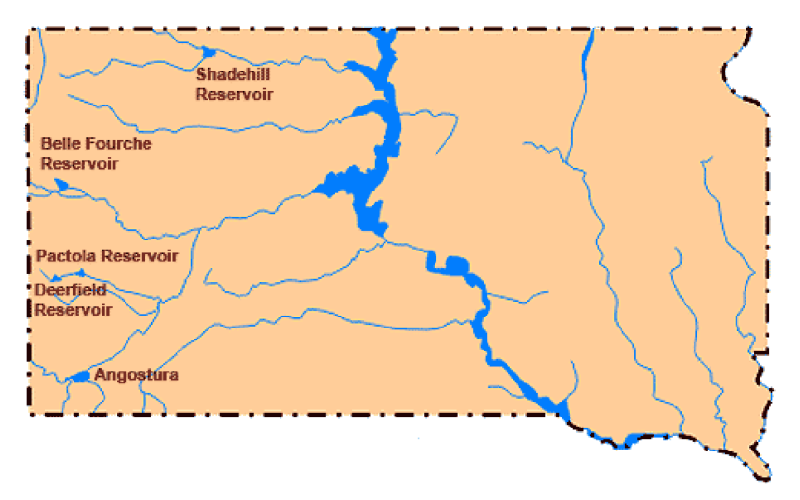
Spring Storms Help Bureau of Reclamation Reservoirs in Northwestern South Dakota
While the moisture was needed, the systems were severe with blizzard conditions occurring from multi-day, strong-gusting winds across the area.
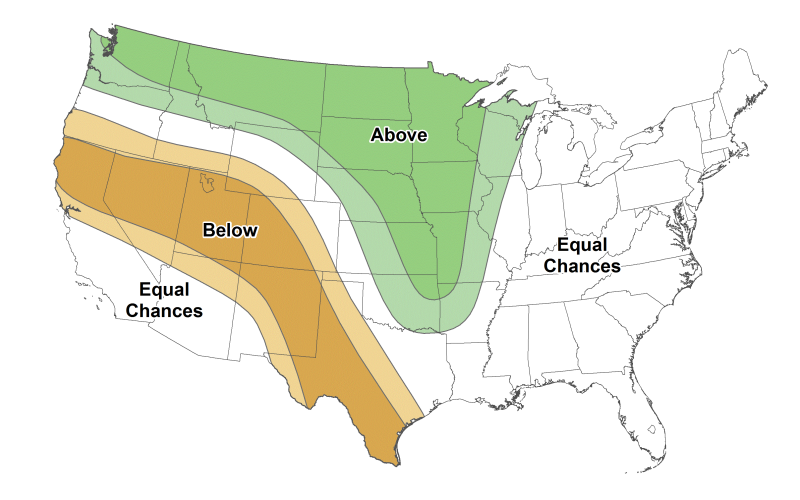
May 2022 Drought and Climate Outlook
The May climate outlook favors cooler and wetter than average conditions. It is possible producers could experience some short-term drought relief, with a return to drought or re-intensifying in the mid-summer season.
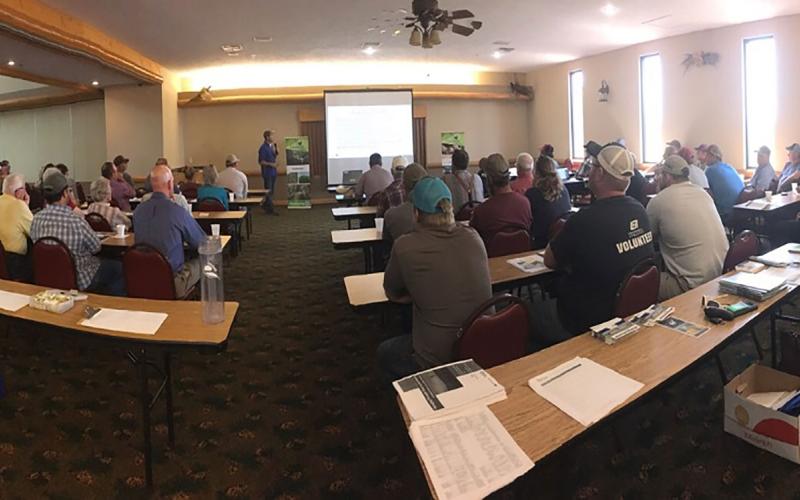
SDSU Extension to Host Drought Management Meetings
April 29, 2022
SDSU Extension will host drought management meetings across South Dakota May 10-12.
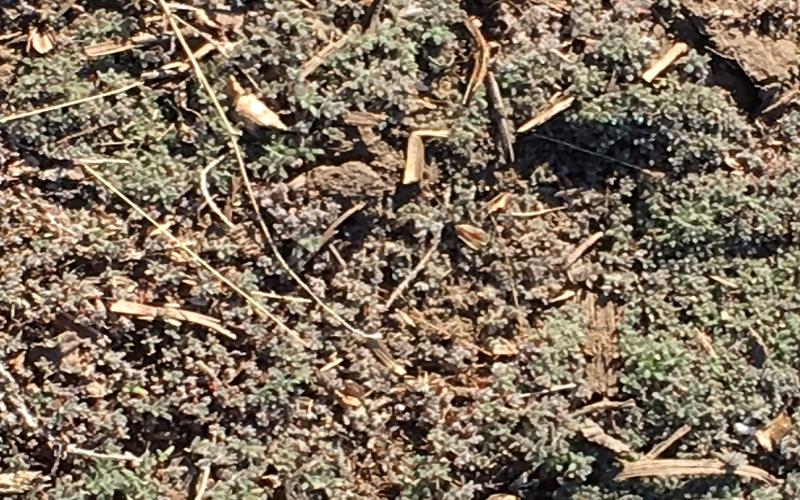
Temperature and Herbicide Performance
In South Dakota, the spring can come with a wide range of temperature fluctuations. This will affect the performance of burndown herbicides. Depending upon the target weed, type of herbicide and application rate, there will likely be decreased weed control in cooler temperatures.
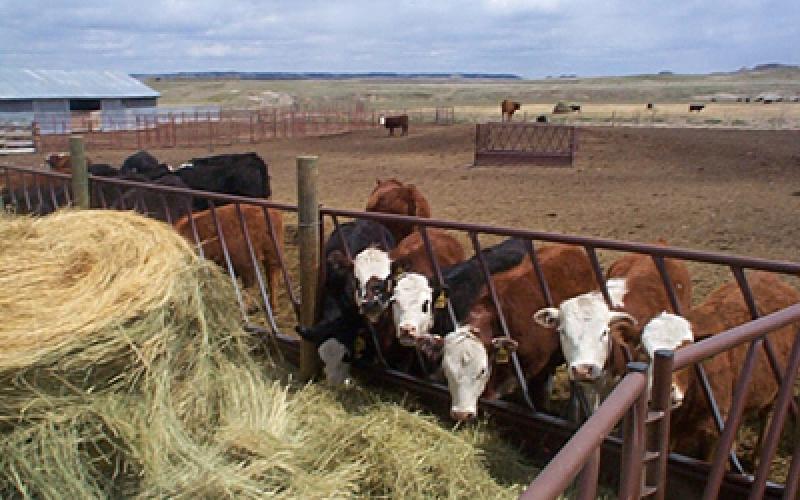
Herd Management: Keep or Cull During a Drought?
Drought forces unexpected changes so it’s critical to have a strategy to keep only the “right” females that will benefit the operation.
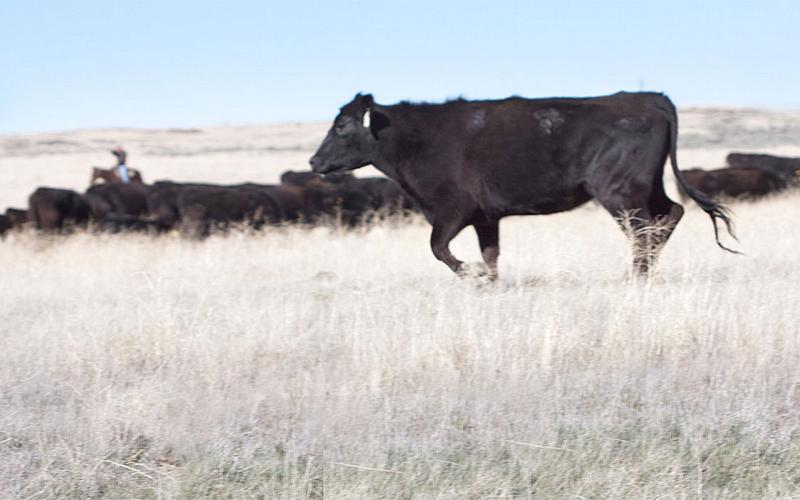
Trigger Dates: Critical Decisions for Drought Management
Having a drought plan in place ensures that you can overcome the inhibitions surrounding a drought response, the basis of which is figuring out trigger dates.
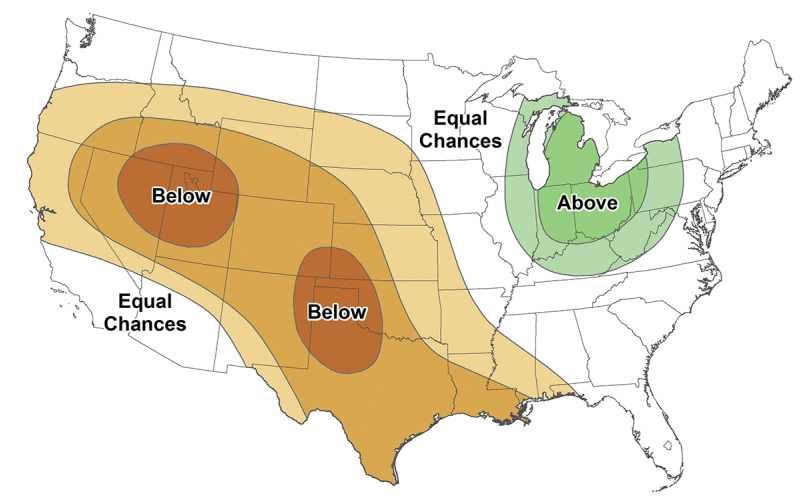
Drought Concerns Continue With 2022 Spring Climate Outlook
March 23, 2022
The climate outlook for spring 2022 has increased concern for drought in South Dakota, with the March 17 U.S. Drought Monitor showing two-thirds of the state in either moderate or severe drought.
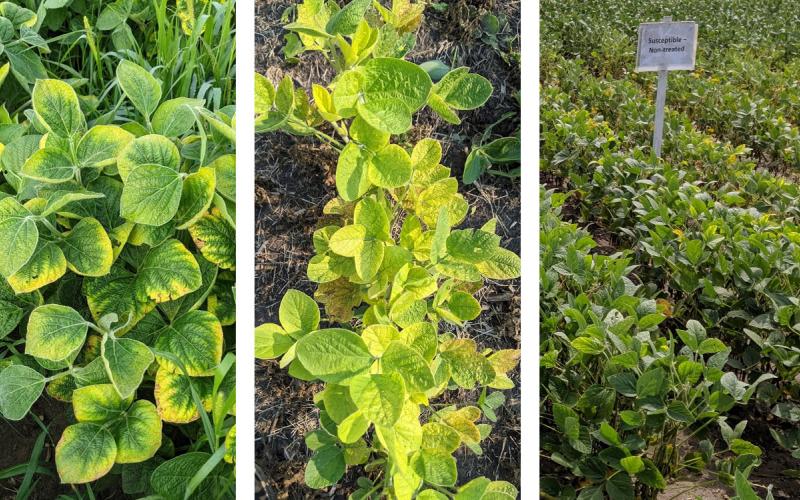
What Is Causing Soybeans to Yellow at This Time?
Recently scouted soybean fields were observed with yellowing plants, and one field was found to have plants dying prematurely. Learn some of the factors that may cause soybean plants to yellow at this time in the growing season.
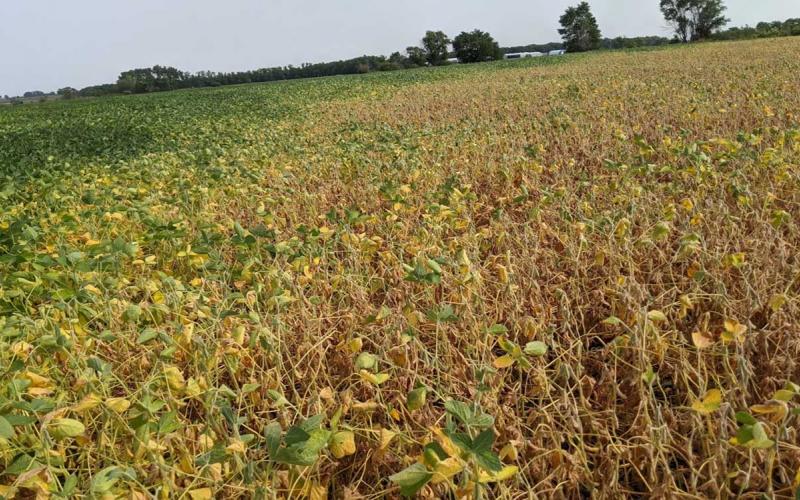
Drought Stress or Stem Canker Killing Soybean Plants?
Several soybean fields scouted in a number of Eastern counties have plants dying or dropping leaves prematurely. While the majority of these fields have drought stress causing early senescence, a few fields have also stem canker developing
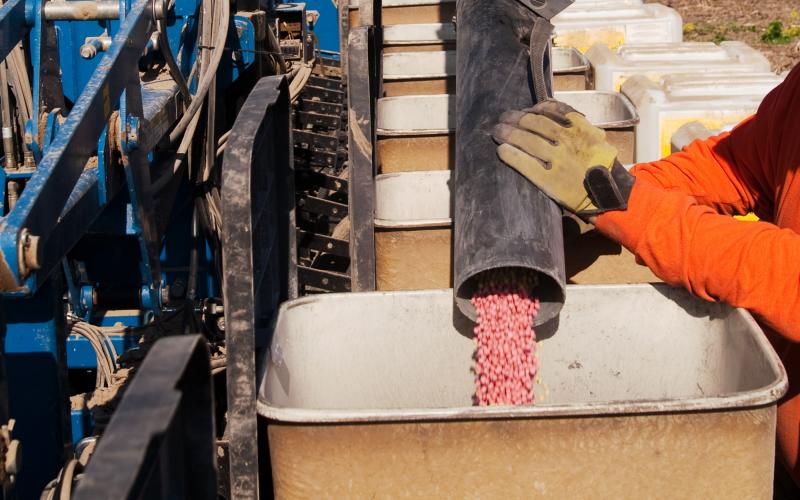
Pre-Plant Disease Management Considerations
If the forecast holds true, it looks like it is going to be another year of excessive soil moisture and possible flooding come this spring. The increased level of soil moisture has implications with regards to plant stand establishment as well as root rot and nematode infestations.